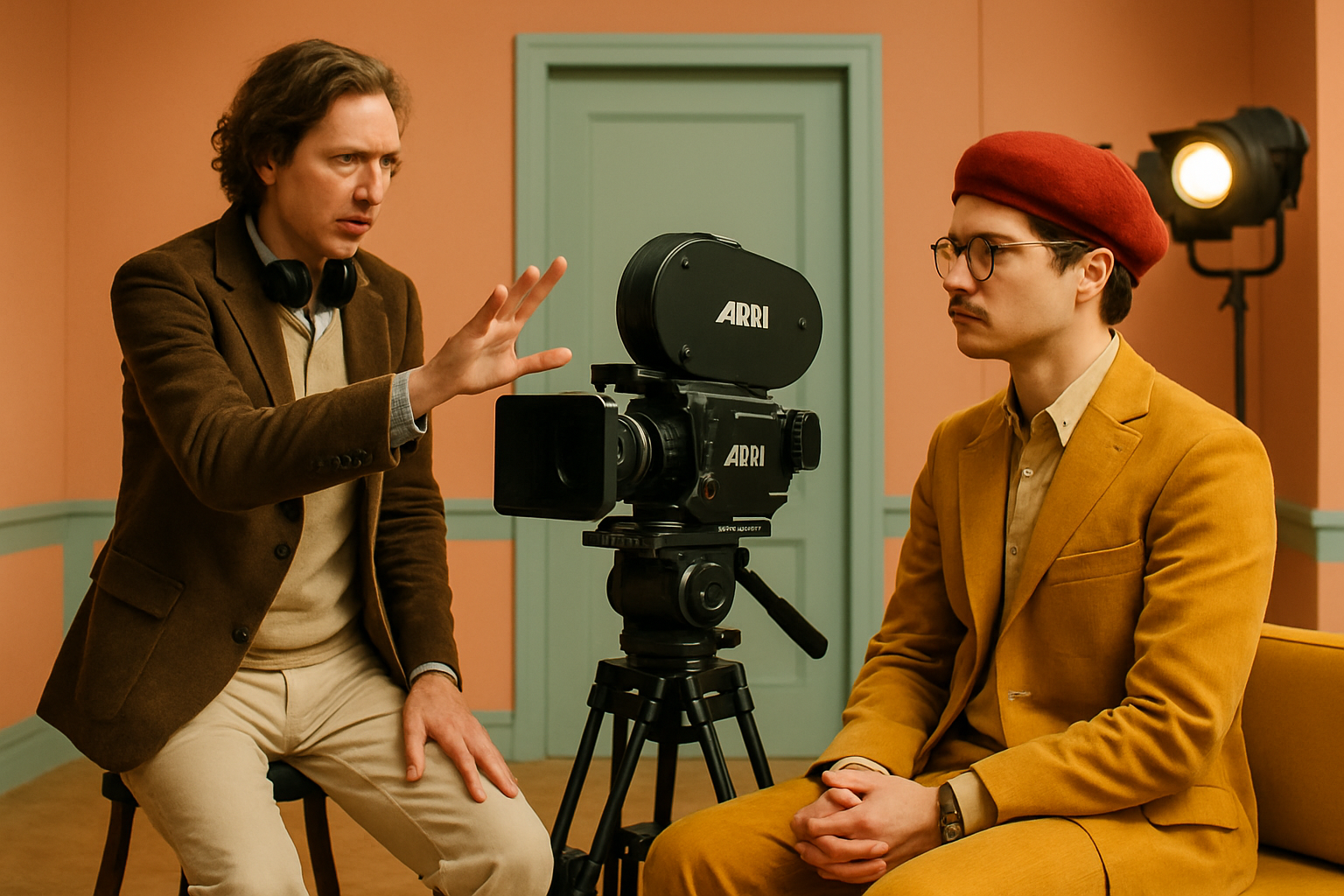Lights, Camera, Action: Dissecting The Cinematic Language of Wes Anderson
Wes Anderson has written his name in the annals of the cinematic universe with his distinct visual style and narrative voice, defying mainstream norms to create an unmistakable film language. His works are a testament to the power of personal vision, showcasing a fusion of meticulously designed aesthetics, eccentric characters, and offbeat humor.

The Genesis of Anderson’s Cinematic Language
Wes Anderson, an Texas-born filmmaker, began his journey in the mid-90s, with his first feature film, “Bottle Rocket.” His unique style was evident from the start, but it wasn’t until his third movie, “The Royal Tenenbaums,” that the Anderson aesthetic truly solidified. Anderson’s films are characterized by their pastel color palettes, symmetric framing, elaborate set designs, and a recurring ensemble of actors—elements that have grown synonymous with his name.
Wes Anderson in Today’s Cinema
In the world of fast-paced action blockbusters and superhero franchises, Anderson’s films provide a breath of fresh air. His latest film, “The French Dispatch,” has been lauded for its visuals and storytelling, further cementing his place in contemporary cinema. It is a love letter to journalists and features a star-studded cast, including Anderson regulars like Bill Murray and Tilda Swinton.
Delving into the Impact and Reception
Anderson’s idiosyncratic style has polarized both critics and audiences. Some admire his detailed artistry and narrative complexity, while others argue his work is style over substance. Despite this, his films have garnered several Academy Award nominations, and his influence is palpable among budding filmmakers. His ability to maintain his signature style while evolving with each project is a testament to his skill as an auteur.
A Lasting Legacy in Film Language
Wes Anderson has crafted a cinematic language that is both timeless and distinctly his. His stylistic choices have influenced a new generation of filmmakers, pushing the boundaries of what is possible in film. Despite his polarizing reception, his contribution to the film industry is undeniable, offering a unique perspective in a sea of homogeneity.
In conclusion, Wes Anderson’s distinct cinematic language serves as a reminder of the power of personal vision in creative endeavors. His work is a testament to the beauty of storytelling, and his legacy will undeniably continue to influence future generations of filmmakers.





